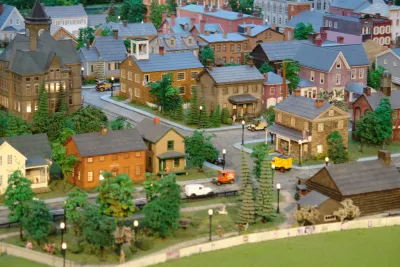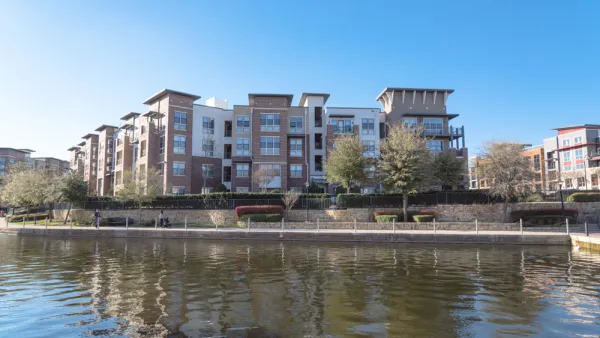The Pew Research Center digs into a question of definitions, fraught with exceptions and subjectivity.

Ruth Igielnik Wieder shares the results of a survey and analysis intended to determine more about the defining characteristics of urban, suburban, and rural communities in the United States.
As a new approach to the question of how to tell these types of communities apart, the team at the Pew Research Center took the additional step of surveying residents to compare public perception to outside sources of classification, two from the government and one based on ZIP codes. The government sources included 1) the National Center for Health Studies Urban-Rural Classification Scheme and 2) the U.S. Department of Agriculture Economic Research Service’s Rural-Urban Continuum County Classification. The ZIP Code measure included two factors: "the distance from the ZIP code to the center of the largest principal city in the nearest metro area (as measured by distance to the city hall) and the household density in the ZIP code."
According to Wilder, the comparisons between those three measures and the findings of the survey reveal a few patterns: "All three methods most accurately classified rural Americans and did less well with Americans in urban and suburban areas. And while all the measures performed relatively well overall, the decision tree most closely matched self-reports across all three community types."
As for which metric turned out to be the most useful, in the opinion of researchers: the self-reported assessment.
FULL STORY: Evaluating what makes a U.S. community urban, suburban or rural

Analysis: Cybertruck Fatality Rate Far Exceeds That of Ford Pinto
The Tesla Cybertruck was recalled seven times last year.

National Parks Layoffs Will Cause Communities to Lose Billions
Thousands of essential park workers were laid off this week, just before the busy spring break season.

Retro-silient?: America’s First “Eco-burb,” The Woodlands Turns 50
A master-planned community north of Houston offers lessons on green infrastructure and resilient design, but falls short of its founder’s lofty affordability and walkability goals.

Test News Post 1
This is a summary

Analysis: Cybertruck Fatality Rate Far Exceeds That of Ford Pinto
The Tesla Cybertruck was recalled seven times last year.

Test News Headline 46
Test for the image on the front page.
Urban Design for Planners 1: Software Tools
This six-course series explores essential urban design concepts using open source software and equips planners with the tools they need to participate fully in the urban design process.
Planning for Universal Design
Learn the tools for implementing Universal Design in planning regulations.
EMC Planning Group, Inc.
Planetizen
Planetizen
Mpact (formerly Rail~Volution)
Great Falls Development Authority, Inc.
HUDs Office of Policy Development and Research
NYU Wagner Graduate School of Public Service


























